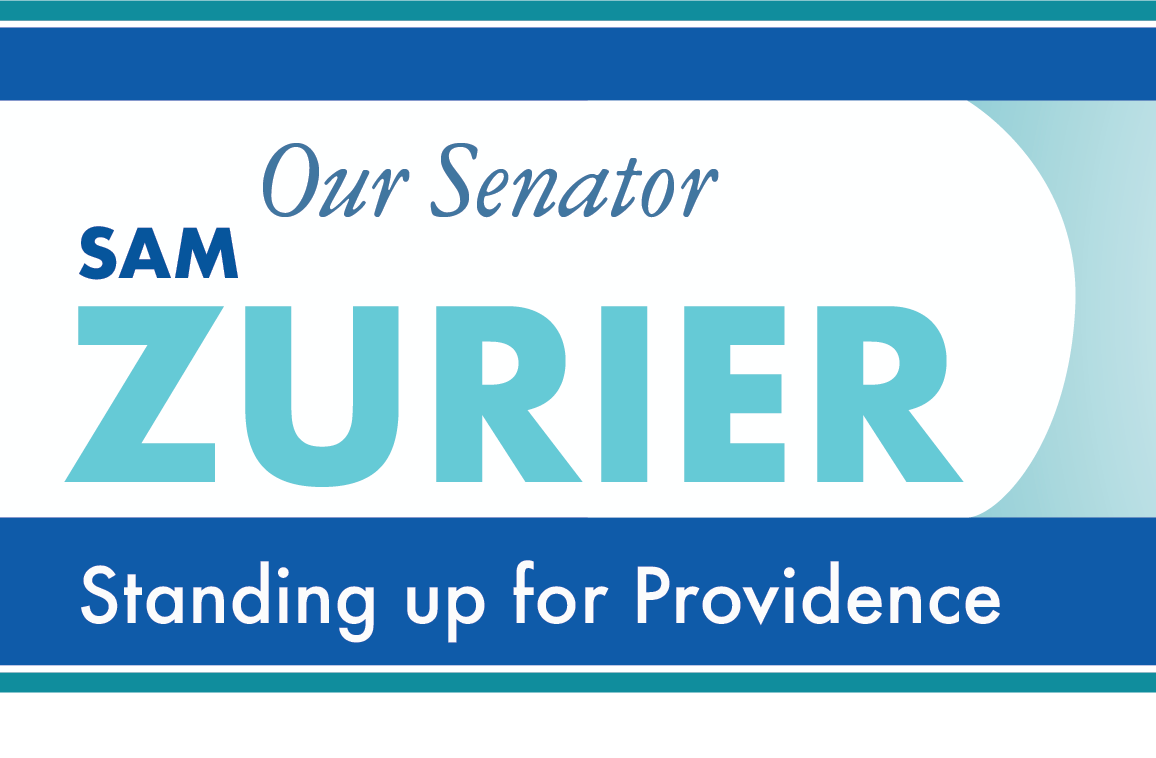We know the summer season in Providence has arrived with the first full lighting of WaterFire, which I attended under last night’s beautiful conditions. I encourage you to find time to take in a future lighting listed in its 2024 Schedule. In this week’s letter, I describe three major ways the House Finance Committee budget changes the Governor’s budget.
A. The Budget Process
My May 26 letter describes how the General Assembly enacts a budget that changes the one submitted by the Governor in February. This past Friday, the House Finance Committee approved its recommended budget. It contains numerous changes to the Governor’s budget of which I will now discuss three, namely: (1) social and human services, (2) transportation and (3) education.
B. Social and Human Services
As related in my November 28, 2021 letter, I learned in my first Finance Committee meeting of the staffing crisis in social and human service agencies resulting from inadequate Medicaid provider reimbursement rates. For the past three years, the State has used pandemic relief funds from the American Rescue Plan Act (ARPA) to stabilize the availability of services. In the 2022-23 budget, the General Assembly established a commission to review Medicaid provider rates for a number of these services. At a February meeting of the Senate Finance and Health and Human Services Committees, the Office of Health Insurance Commission presented a Report with updated provider rates.
The Governor’s budget proposed phasing in the provider rate increase (of roughly $160 million, with a cost split of 56%/44% of federal and state funds) over three years. In what may be the largest single change from the Governor’s budget, the House Finance Committee budget proposes funding the increased provider rates in full next year, increasing the Governor’s budget for this item by $103.2 million, of which $41.6 million would come from general revenues.
C. Transportation
The House Finance Committee budget proposes changes for (1) funding the Washington Bridge, (2) the Rhode Island Public Transit Authority (RIPTA) and (3) municipal road grants.
1. The Washington Bridge
The current estimated cost to repair the Washington Bridge is $455.2 million, of which the federal government likely will pay in excess of 80%, leaving an estimated state share of $83.6 million. The Governor’s budget committed $20 million of ARPA funds for this purpose, along with bonds based on anticipated future federal highway aid and motor fuel taxes. The House Finance Committee proposes committing an additional $15 million of ARPA funds and $45 million of capital funds on a “pay as you go” program rather than issuing bonds. While this approach has some advantages, I stated in my April 28 letter my concerns about redirecting ARPA funds away from their primary purpose of establishing a stronger public health system in Rhode Island.
2. RIPTA
As also noted in my April 28 letter, the Governor’s budget used $10 million of ARPA funds to partially fill an $18 million gap in the RIPTA budget, creating short-term and long-term crises for the Authority. The House Finance Committee budget adds an additional $5 million of one-time ARPA funds to reduce this gap, but this measure is at best inadequate.
3. Municipal Road Grants
The House Finance Committee budget adds $2 million of ARPA funds to provide matching funds for municipal road projects. I supported the development of this program, but I believe this money is more urgently needed for RIPTA.
D. Education
The House Finance Committee budget proposes several changes in the education aid funding formula that ultimately produce $11 million in beneficial additional aid for the Providence Public Schools. With that said, the methodology the Committee employed appears to be somewhat ad hoc, raising questions about future years.
As I described in my January 1, 2023 letter, Rhode Island’s education aid funding formula traditionally has had three essential components, namely a “core instructional budget” per child, with adjustments for children in poverty and other above-average needs to develop a “foundation budget” that is allocated between State and local funds through a “state share” calculation. The Governor’s budget proposed eliminating a cost-of-living adjustment to the first component, while increasing (from 15% to 25%) an adjustment for multi-language learners (MLL). The House Finance Committee reinstated the cost-of living adjustment (adding $26 million statewide) while reducing the MLL factor from 25% to 20% (saving $6.6 million). This (along with an enrollment increase) resulted in a net increase for Providence; however, the reduction in MLL aid was unfortunate and unjustified.
E. Next Steps
The House of Representatives will review the budget this week, likely passing it by week’s end. The budget will then proceed to Senate Finance and the full Senate during the following week. While it is not easy to effect further budgetary changes at this stage in the process, I plan to advocate for the priorities I listed in my May 26 letter.
